Guest blogger: Lockyer Valley Regional Council.
Displayed in the ‘Walk of Fame’ inside the Lockyer Valley Cultural Centre, Gatton, are ten photographic portraits of Lockyer Valley locals who fought in the First World War. The portraits formed a component of the recent Queensland Government-sponsored exhibition ‘Queensland Transport Museum Salutes 100 Years of ANZAC’, which was on display in the adjacent Queensland Transport Museum from 11 April to 30 June 2015, and featured First World War motorised and horse drawn machinery.
This post is the fifth in a series which will feature the ten Lockyer locals whose portraits and biographies are in the ‘Walk of Fame’. Where possible, we will supplement their stories with some images from the State Library of Queensland or Australian War Memorial collections. We acknowledge the Lockyer Valley Regional Council, Derek Barry and Russell Tattam for allowing us to share their content, which can also be found on the Lockyer Valley Libraries catalogue and Flickr.
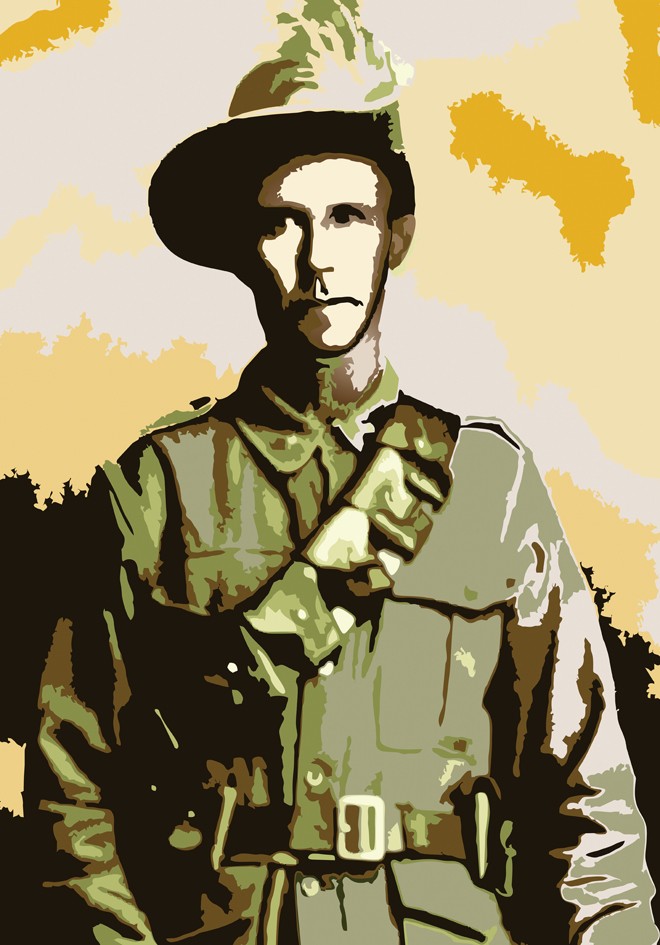
John Carmody : saluting 100 years of ANZAC history. Lockyer Valley Regional Council BRN 106056
John Carmody was born on May 21, 1869 at Moombah, near St George, Queensland. As a young man he worked for the railway department on the Cunnamulla line. In 1899 he married Mary Saunders who had to quickly adjust to the harsh realities of life in a tent beside the rail line. While constantly shifting camp along the line, they had four children who were born without any medical help. After enduring years of freezing winter nights and blistering summer heat, the family relocated to the Forest Hill Gatehouse in 1912.
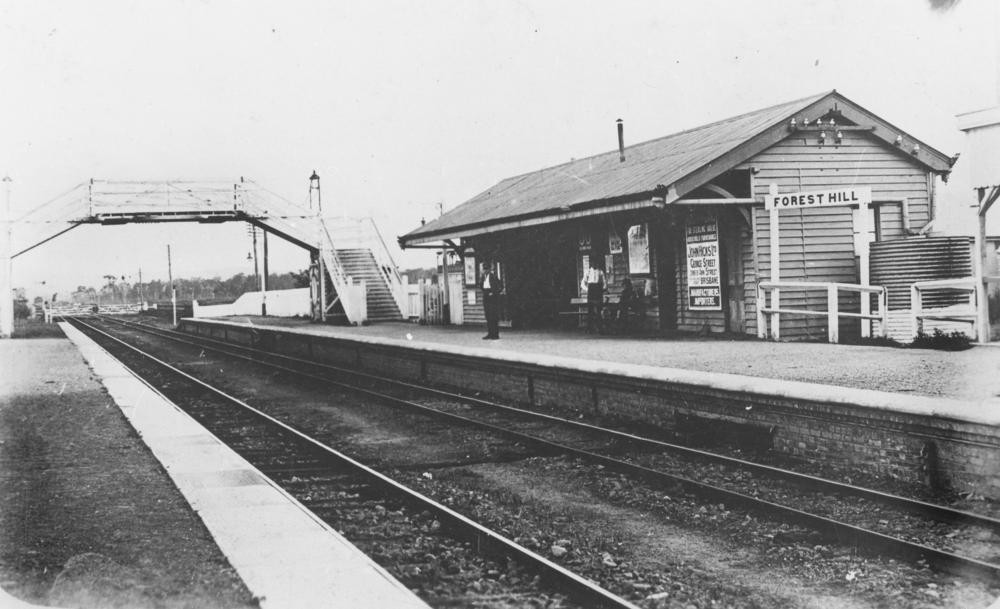
Forest Hill railway station 1914, John Oxley Library, State Library of Queensland Neg. 39225
John worked on the line while Mary operated the railway gates when the trains passed through at any time of day or night in all weather conditions. The family moved to Laidley in 1915, where their fifth and last child was born.
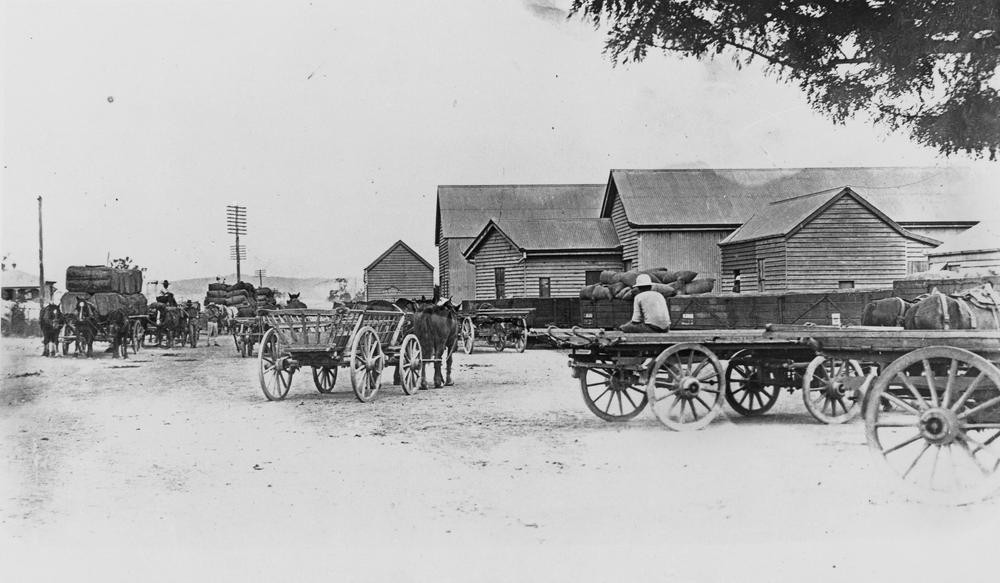
Railway yards at Forest Hill Queensland 1914, John Oxley Library, State Library of Queensland Neg. 39226
At the age of 44 ½ years, on December 13, 1915, John enlisted in the AIF (service number 2463) at Laidley and was assigned to 17th Reinforcement, 2nd Light Horse Regiment. Arriving in the Middle East on HMAT Karroo, he was dispatched to Tel-el-Kebir, where on March 12, 1916 he was reassigned to the 1st Light Horse Regiment. The British and Commonwealth forces established a large military camp in the area to conduct desert warfare training.
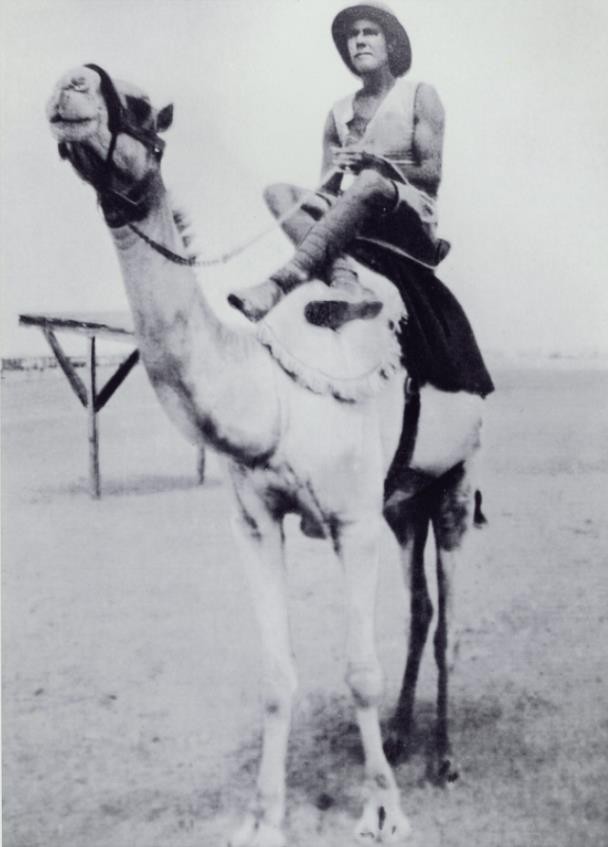
Lance-Corporal John Carmody on a camel, Egypt, 1916
An urgent need for long-range desert patrols in Egypt in 1915 was met by the formation of the Imperial Camel Corps (ICC). The ICC first fought against the Senoussi on Egypt's western frontier and then in early 1916 it was deployed to the eastern frontier against the Turks.
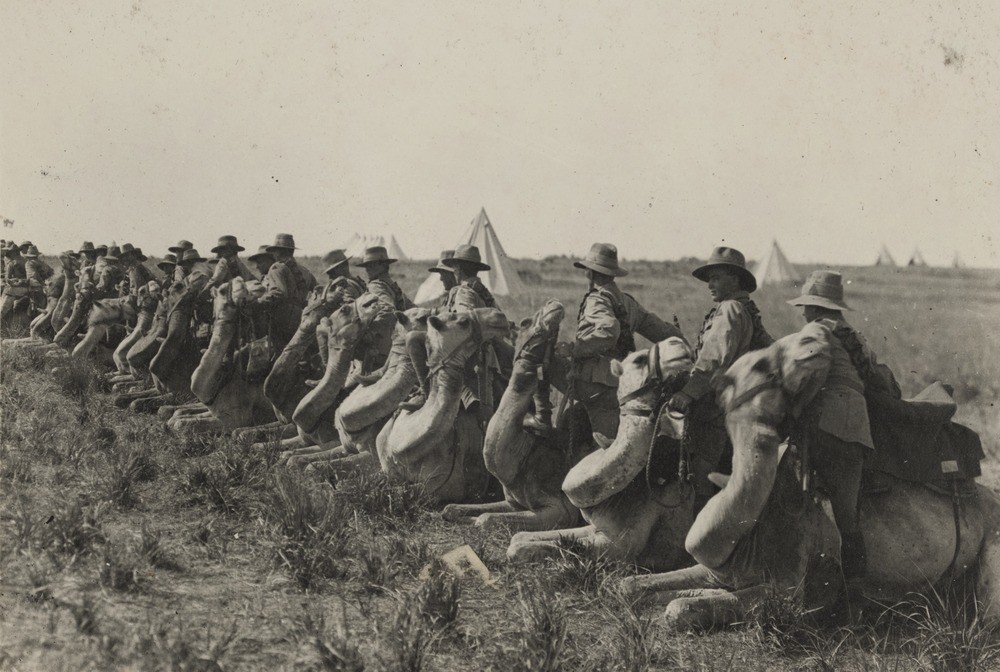
Members of the Australian Imperial Camel Corps preparing to mount, John Oxley Library, State Library of Queensland Image: OM77-14-0023-0029
The Corps was raised with volunteers and of the four battalions formed, two and a half were Australian. Each battalion totalled around 700 men. Volunteering on July 1, 1916 Trooper Carmody was immediately promoted to Lance Corporal and taken on strength with the 14th Company of the ICC. Then on November 11, 1916 he was assigned to the 3rd Anzac Battalion of the Imperial Camel Brigade.
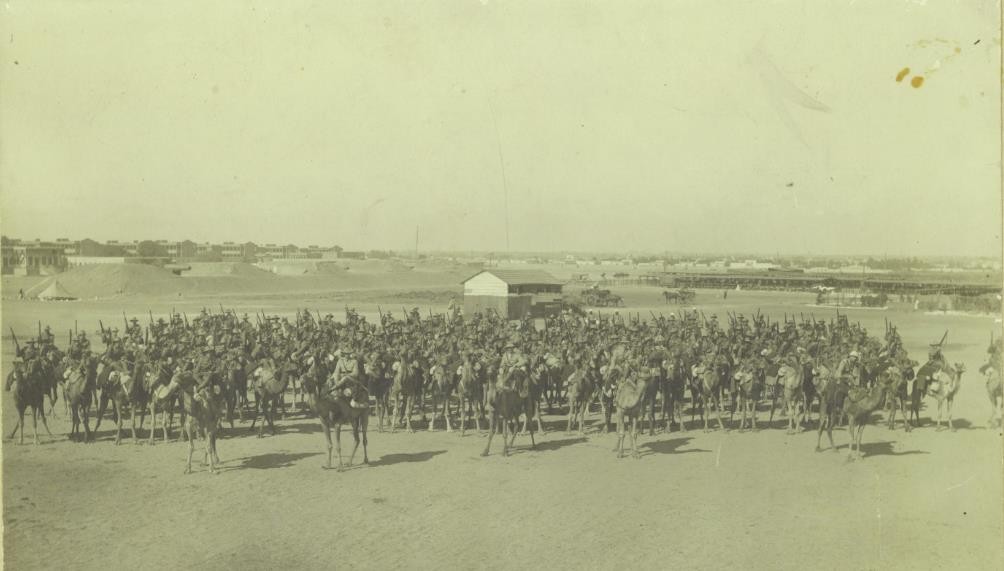
Lance Corporal Carmody was with the Camel Corps as it fought alongside the Light Horse Regiments but he missed the first battle of Gaza on March 26, 1917 through illness. He badly missed his family and when possible would send each member a postcard. In a card he sent to son Eric (Ted) he writes:
'Having a rough time not much tucker. I am now sitting between two lines of camels and there is sand and chaff blowing all over me while I am writing this. I have had a good time up to now so I cannot growl.
With love to you dear Ted,
From your loving father'
The rigours of war and terrible desert conditions took its toll on John's aging body. From March 25 to May 1, 1917 he was hospitalised in Ismailia, Abbassia and Cairo suffering from rheumatism, myalgia and sciatica. On July 11, 1917 he embarked for Australia on the Port Sydney and arrived in Melbourne on August 12, 1917. He caught a train to Brisbane on August 23, 1917 and was discharged from service on September 21, 1917. A powerful, super-fit man, standing 6'1½" when he joined the army, John Carmody came back a shell of his former self. He resumed his old job on the railway until his retirement. His health suffered badly for the rest of his life.
Comments
Your email address will not be published.
We welcome relevant, respectful comments.